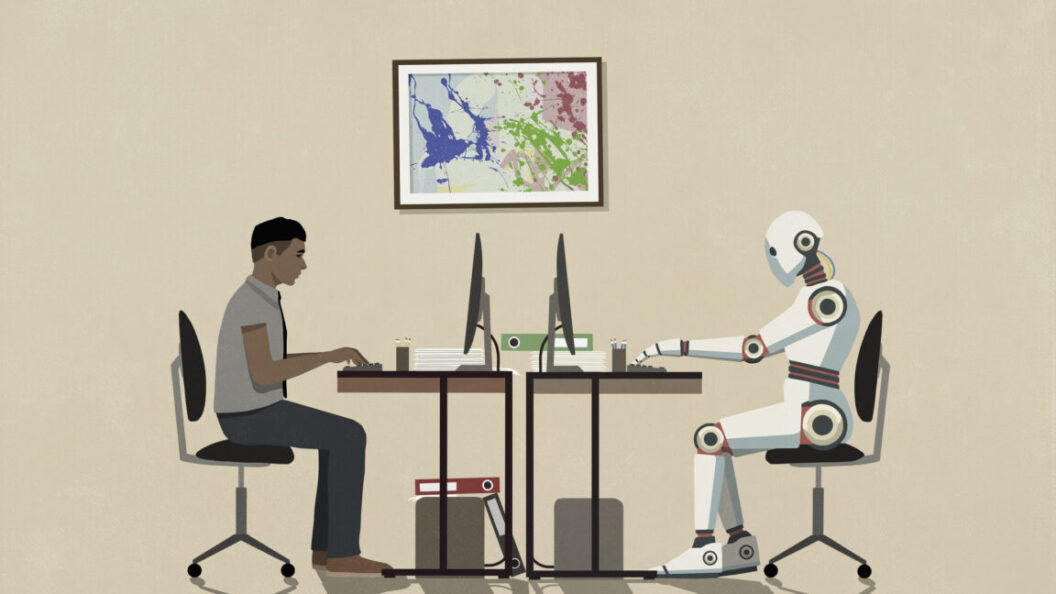The Growing Role of AI in IT: A Glimpse into the Future
Introduction to AI Integration
The landscape of the information technology (IT) sector is poised for a transformative shift as artificial intelligence (AI) becomes more deeply integrated into everyday operations. During the keynote address at Gartner’s IT Symposium in Gold Coast, Australia, vice presidents Alicia Mullery and Daryl Plummer discussed predictions that by 2030, all IT work will incorporate AI technologies. This prediction marks a significant change from the current statistic that shows 81 percent of IT tasks are completed without AI assistance.
The Shift to Automation and AI
Gartner forecasts that within the next five years, 25 percent of all IT work may be carried out by AI-driven bots, while 75 percent of workloads will involve human workers utilizing AI tools. This progressive automation reflects broader trends seen across various industries, where AI is becoming increasingly commonplace.
In sectors like journalism, customer service, and recruitment, organizations are already leveraging AI to handle tasks traditionally managed by humans, raising concerns about potential job losses. As technology evolves, the disruption it brings is a source of both innovation and worry.
AI and Job Dynamics in IT
The rise of AI in IT poses complex implications for the workforce. Despite concerns from some stakeholders about an impending "AI jobs bloodbath," Gartner analysts emphasize that the current loss of jobs attributable to AI remains low—only 1 percent according to their data. Both Mullery and Plummer assert that while some entry-level IT positions may vanish, particularly those reliant on routine tasks, the overall impact might not be as severe as some fear.
"AI will influence entry-level positions significantly," Plummer noted, echoing findings from Revelio Labs, which reported that highly AI-exposed entry-level jobs have decreased by over 40 percent since the beginning of 2023. Such drastic shifts highlight the urgent need for adaptation and reskilling within the IT workforce as AI technologies continue to evolve.
The Temporary Nature of Job Displacement
Supporting the argument of transitory job displacement, Goldman Sachs Research predicts that AI could potentially affect 6 to 7 percent of the U.S. workforce if the technology is widely accepted. However, the report suggests that new job opportunities may emerge, alleviating some of the immediate impacts on employment. This sentiment aligns with the broader narrative that while AI may displace certain roles, it will also lead to the creation of new positions that require different skill sets.
Conclusion: The Road Ahead for IT and AI
As the integration of AI into IT continues to gain momentum, organizations and their employees must prepare for a future where AI is a fundamental component of daily operations. The predictions from Gartner underscore a pivotal period in which adaptation becomes essential for the IT workforce.
The evolving dynamics of job roles, as illustrated by claims of significant declines in entry-level positions due to AI, present challenges that demand proactive responses from both workers and employers. Furthermore, the potential for new job creation suggests that while the road ahead may be uncertain, it is filled with opportunities for growth and innovation. The integration of AI in IT is not merely a technological advancement; it represents a fundamental shift that could reshape the industry landscape for years to come.
In essence, the work performed by IT departments will not just involve AI as a tool but will fundamentally change the way technology is applied in a rapidly evolving digital economy.









